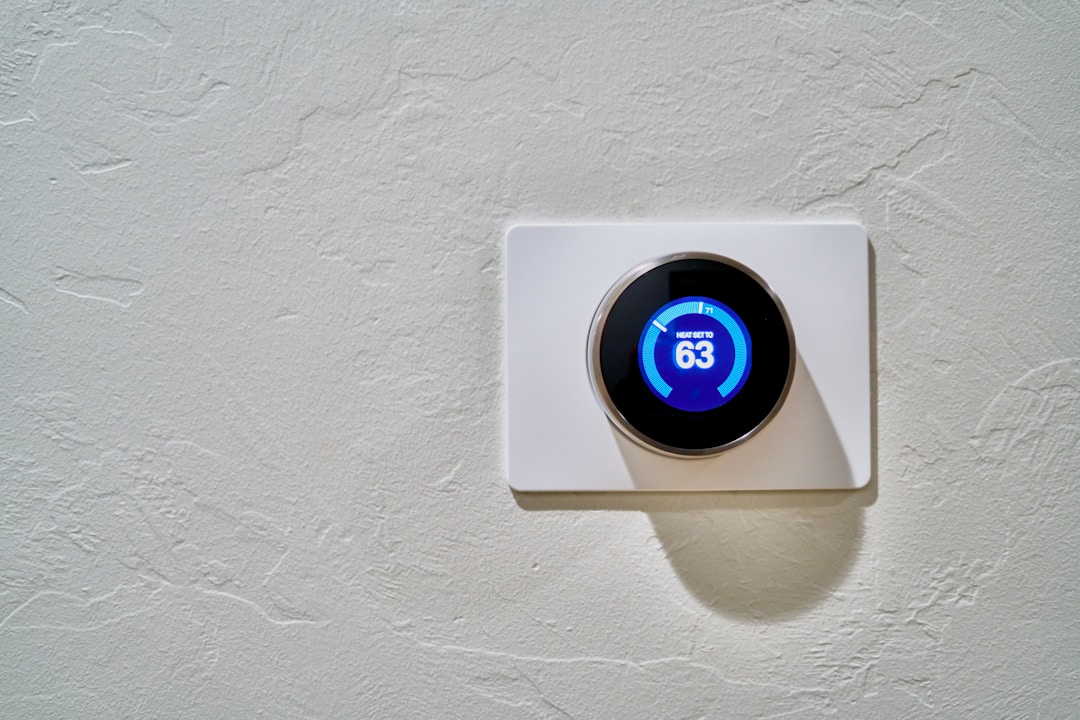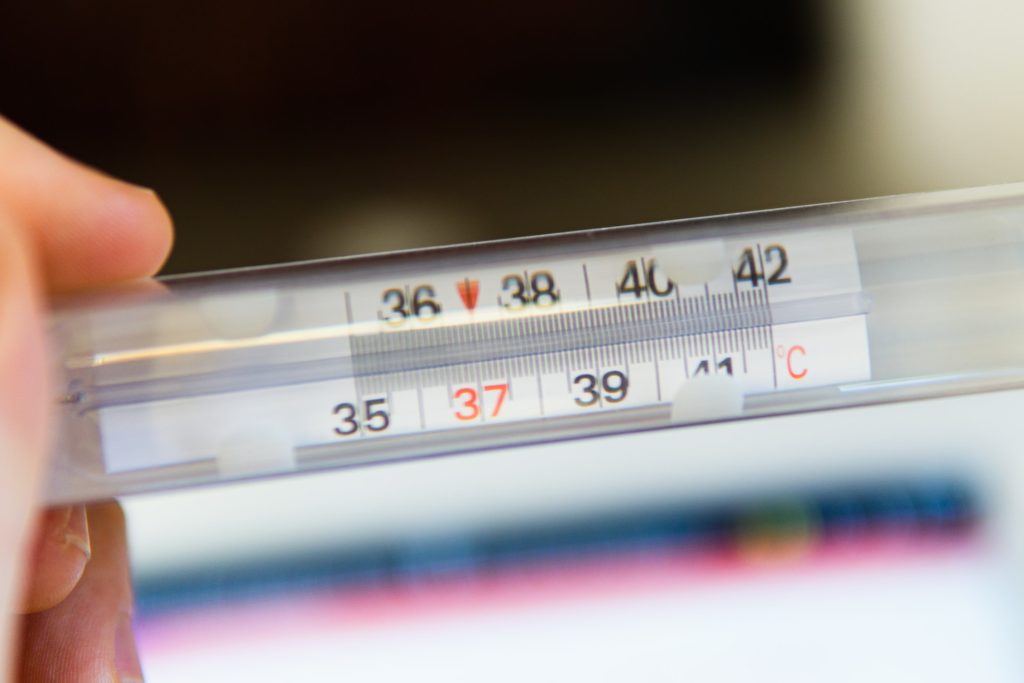The internal temperature of your home and workplace can have a significant impact on your health and safety. To determine the appropriate indoor temperature for your home or workplace, you must consider several factors, including the occupants’ age and health, the humidity levels, and the types of materials stored inside the building.
Once you’ve identified the appropriate air temperature for your home or business, you can use electronic devices designed to produce hot and cold air to adjust the temperature. There are also devices you can use to adjust the humidity levels.
What can you use to maintain a safe internal temperature?

The World Health Organization (WHO) determined that safe indoor temperatures range from 18 to 24 °C (64 to 75 °F). Most buildings need systems to heat and cool the air. Heating, ventilation, and air conditioning (HVAC) systems generate hot air during the winter months and circulate cold air during hot summer months. HVAC units are typically connected to ducts that run throughout the building. Intake ducts draw in air that can be heated or cooled, while supply vents distribute air. As of 2015, almost 62% of homes in the United States had central air, while 26% used window or wall units to cool the air in their home.
Buildings without central air typically produce heat with a furnace during the winter months and cool the air with a wall or window AC unit. People can also combat the heat during the warm months with fans.
One of the advantages of a central HVAC system is that you can use it to maintain a consistent temperature throughout your entire home year-round. Your HVAC unit can be connected to a programmable thermostat that can adjust the temperature based on your needs at different times of the day.
What can you do to maintain a safe humidity level?
The humidity level refers to the amount of moisture in the air compared to the maximum amount of moisture it can hold. The Environmental Protection Agency (EPA) has concluded healthy moisture levels are between 30 and 50 percent.
Moisture levels are low during the winter months because cooler air doesn’t hold as much moisture as the warmer air does. Homeowners can improve the moisture level with a whole-home humidifier. Whole-home humidifiers measure moisture in the air and send water vapor into the air when the humidity levels are too low. You can control a whole-home humidifier with a programmable thermostat.
You can also use a portable humidifier to distribute water vapor into the air. Portable dehumidifiers reduce the humidity levels when they’re too high. The dehumidifier pulls in warm air and sends it over the refrigerator coils. The moisture is extracted and remains inside the dehumidifier.
How does the temperature and humidity level affect your health?
Indoor temperatures and humidity levels can affect your health. The risk of suffering a heat-related illness, such as heat stroke, increases in high temperatures. Cold temperatures can also cause severe health issues, including hypothermia and heart attacks.
Dry air can cause respiratory issues and dry skin. Evaporation reduces the amount of moisture in your skin. Maintaining healthy humidity levels can replace moisture loss from evaporation and keep your skin from drying and cracking.
How does the temperature and humidity level contribute to a safe work environment?

According to the U.S. Bureau of Labor Statistics (BLS), there were over 5,300 fatal workplace accidents in 2019. The Occupational Safety and Health Administration (OSHA) inspects workplaces and advises business owners about how to avoid common workplace accidents, such as slips and falls. High humidity levels can cause dehydration, making you dizzy and increasing your chances of falling at work. You can help prevent the risk of workplace injury from falls by eliminating tripping hazards and controlling the humidity levels.
The nature of the workplace may determine safe temperature levels. For example, if you work with hazardous chemicals, you may need to store them in a controlled environment to prevent an explosion.
Maintaining an ideal indoor temperature can prevent accidents and health issues. Your humidity levels can also cause health problems and increased safety risks. You can control temperature and humidity levels with an HVAC system, whole-home humidifier, and programmable thermostat. You can also use furnaces, AC units, portable humidifiers, and portable dehumidifiers to alter the temperature and humidity levels.



